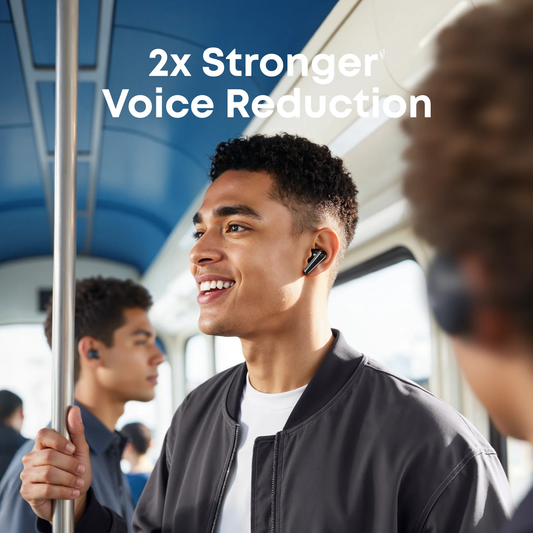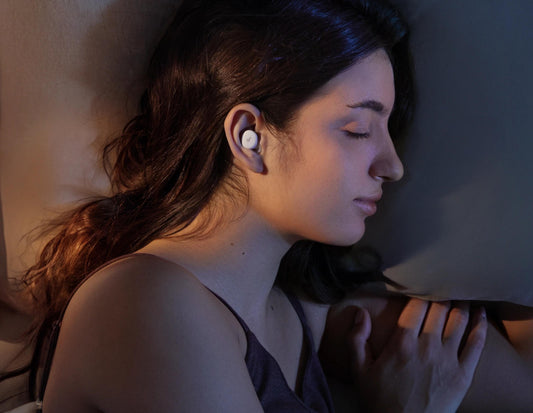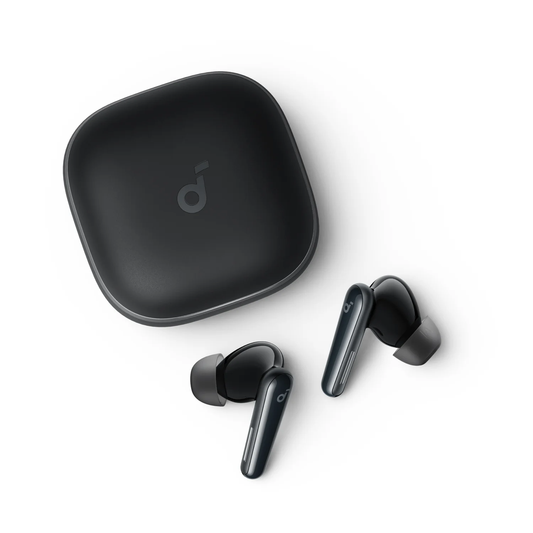Earbuds Blog

Wireless Earbuds with Long Battery Life in 2025
There is nothing more frustrating than your music cutting out mid-workout or during a crucial call because your earbuds died. In 2025, battery life remains a top priority for anyone...
Wireless Earbuds with Long Battery Life in 2025
There is nothing more frustrating than your music cutting out mid-workout or during a crucial call because your earbuds died. In 2025, battery life remains a top priority for anyone...

What Are Translation Earbuds and How Do They Work?
In an increasingly connected world, the ability to communicate across language barriers has become more important than ever. Whether you're traveling for business or pleasure, ordering food in a local...
What Are Translation Earbuds and How Do They Work?
In an increasingly connected world, the ability to communicate across language barriers has become more important than ever. Whether you're traveling for business or pleasure, ordering food in a local...

Best AI Translation Earbuds 2025 | Real-Time La...
Travel transforms us. It broadens our perspectives, introduces us to new cultures, and creates memories that last a lifetime. Yet, for all its rewards, travel still presents one persistent challenge:...
Best AI Translation Earbuds 2025 | Real-Time La...
Travel transforms us. It broadens our perspectives, introduces us to new cultures, and creates memories that last a lifetime. Yet, for all its rewards, travel still presents one persistent challenge:...

Sleep Headphones vs Noise-Cancelling Headphones...
Getting a good night’s sleep has become increasingly difficult in today’s noisy world. Whether it’s city traffic, loud neighbors, or even a snoring partner, unwanted sounds can easily disrupt your...
Sleep Headphones vs Noise-Cancelling Headphones...
Getting a good night’s sleep has become increasingly difficult in today’s noisy world. Whether it’s city traffic, loud neighbors, or even a snoring partner, unwanted sounds can easily disrupt your...

Best Over-the-Ear Earbuds for All-Day Comfort
With today’s fast-paced lifestyle, headphones are no longer merely devices for listening to music. They’ve deeply integrated into every corner of our daily lives. Whether it’s enjoying music comfortably during...
Best Over-the-Ear Earbuds for All-Day Comfort
With today’s fast-paced lifestyle, headphones are no longer merely devices for listening to music. They’ve deeply integrated into every corner of our daily lives. Whether it’s enjoying music comfortably during...

Are Wireless Earbuds Safe? Or Are Wired Buds Sa...
Are wireless earbuds safe? This is a common concern for many people because of the popular belief that Bluetooth devices emit radiation waves. As we all know, radiation is harmful...
Are Wireless Earbuds Safe? Or Are Wired Buds Sa...
Are wireless earbuds safe? This is a common concern for many people because of the popular belief that Bluetooth devices emit radiation waves. As we all know, radiation is harmful...